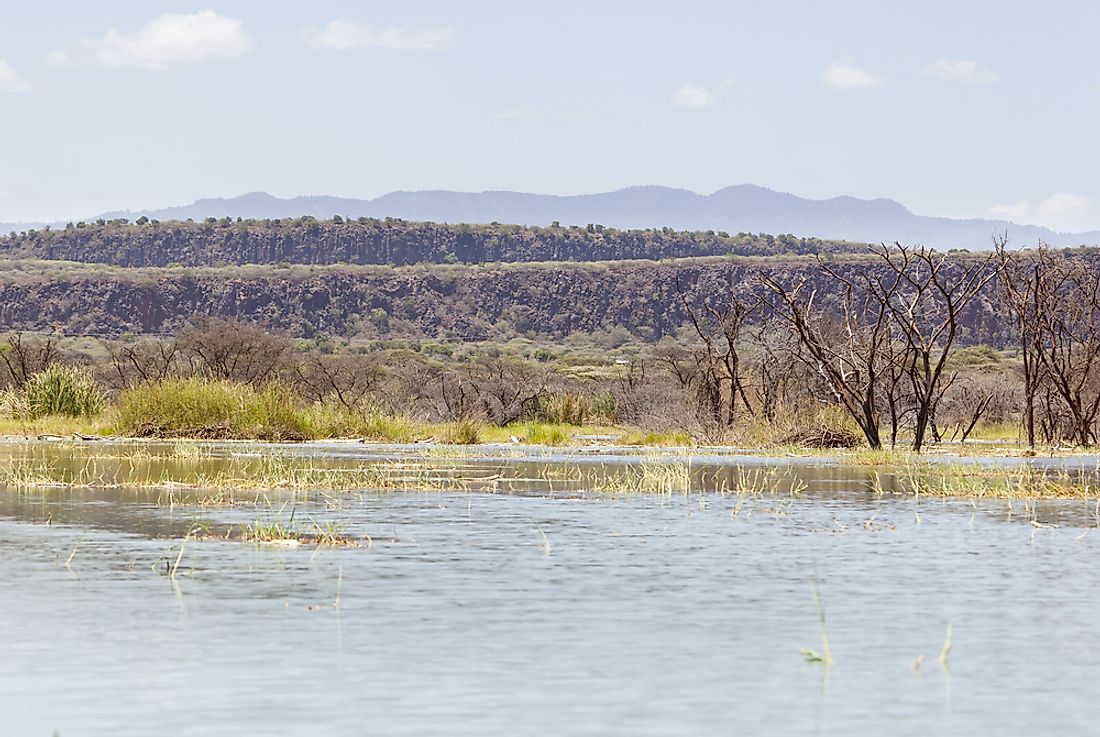Who Are the Kipsigis?

The Kipsigis is a sub-tribe among Kalenjin speakers who live mostly in the Rift Valley Province in Kenya. They are the highland Nilotic speakers whose mother tongue is the kipsigis language. Their original occupation was herding cattle, but nowadays they involve themselves in mixed farming. The kipsigis people are high in number among the Kalenjin’s tribes and occupies mostly Kericho highlands from Timboroa near Nakuru to River Mara. These group also lives in parts of Mau forest, parts of Narok county, Bomet county, Usain Gishu county, Nandi hills and Mara province in Tanzania. Lake Baringo is described by the Kipsigis as their region of origin.
Cultural Values and Customs
The kipsigis community observes the values of humility, loyalty, friendliness, and courtesy. They borrowed the age set system and circumcision from the Cushitic speakers. The kipsigis boys undergo the ceremony of circumcision at the age of around 14 years, and they should be secluded for not less than one month. Traditionally girls also underwent the same, but with the adoption of western culture and empowerment of education policies by the government of Kenya, the female genital mutilation has been banned. Most of the kipsigis people today value the education of the female child and that circumcising them does not add any crucial value in their current lives in the society.
Marriage is valued among the kipsigis community, but a man is not allowed to marry from his clan. A kipsigis man is considered respectable at an older age when he is married. Girls were married traditionally after the initiation ceremony, but today most of the kipsigis people have adopted western culture and values education of the female child rather than initiation.
The kipsigis people have different clans, for example, kipkendeek, kaptolil, kabarangwek, kapkomosek, bobuserek among others. Every clan has a leader who is consulted every time the clan members wants to meet to discuss their issues.
Economy
The kipsigis people traditionally practiced cattle keeping since the land was extensive and was owned communally. Nowadays the land has been sub-divided into smaller portions for individual ownership. Mixed farming is now a major economic activity among the kipsigis people. They keep cattle as well as growing crops like maize, beans, vegetables, millets and cash crops like tea and coffee. Tea is grown in highlands majorly Kericho highlands and Nandi hills. The Kericho and Bomet zones produce high amount of tea for exports in Kenya. The kipsigis who lives in these zones benefit from the sale of tea and coffee while others in different parts away from Kericho benefits from the sale of milk and other farm outputs.
Social Organization
The village elder heads a small gathering called a village where they make group decisions, settle local disputes, and extreme cases are forwarded to the local chief who heads a sub-location. Older men have responsibility to guide young persons concerning the norms of the kipsigis community.
Religion
Traditionally, the kipsigis believes in the ancestral worship but today Christianity has taken its due course, and almost all the people in the community have converted to Christianity.











